A country's spirit, history, and culture can be vividly and intricately depicted through the flavors and aromas of its signature dish. This meal is served everywhere, including the fanciest restaurants, modest street food stands, and even homes. Certain culinary inventions have achieved the extraordinary success that has transcended national boundaries and found a home in kitchens throughout the world. Whatever you do or wherever you go on your next vacation, make sure to sample these well-known delicacies from around the world.
1. Peking Duck, China
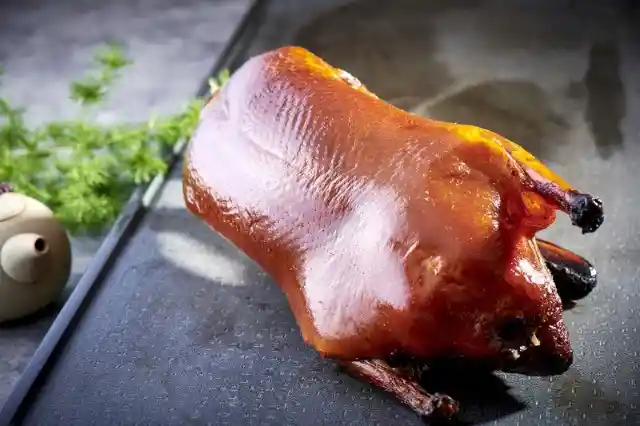

Even though it's the priciest meal on the menu at a Chinese restaurant, it's one of the most popular dishes in China. The skin of the duck is finished by being dipped in a sugar-garlic sauce after being coated in maltose syrup until it turns brown. The exquisite beef is served with Chinese pancakes, sweet bean sauce, and spring onions. Peking duck has long been considered an imperial meal, going back to the Yuan Dynasty in the 1200s and 1300s.
2. Meat Pie, Australia


Aussie Meat Pie is the ideal food that is uniquely Australian. It is a hand-sized pie with gravy, chopped or minced beef, and occasionally cheese, onions, or mushrooms. It is frequently eaten as a takeout snack. It's a dish that is extremely filling and highly addicting that is a part of the history of this interesting nation. Aussie meat pies include delicious meat, vegetable, and gravy filling inside a flaky pastry crust, just like pot pies do in the United States and other countries.
3. Yorkshire Pudding, England


In actuality, the United Kingdom is famous for a fair amount of famous foods, like high tea, fish and chips, and English breakfast. However, Yorkshire puddings are among the foods that residents eat the most frequently. With a batter consisting of eggs, flour, milk, or water, it is the main side dish. It gained popularity in the north of England as a means to utilize up-rendered beef fat. It is a typical British side dish that may be prepared in a variety of ways based on the ingredients, quantity, and other elements of the meal.
4. Mole Sauce, Mexico
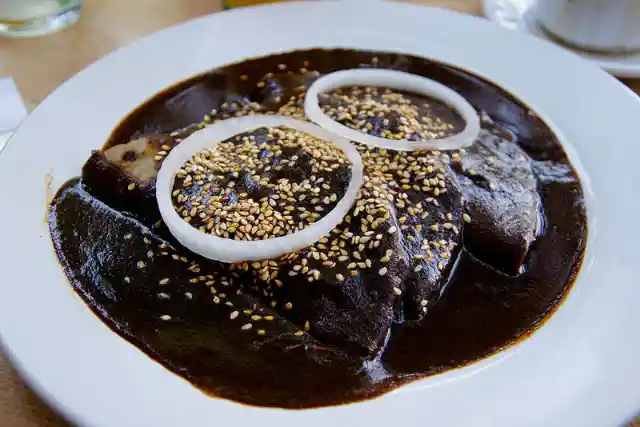
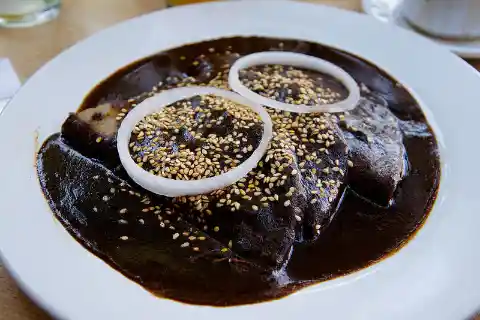
The mole sauce of Mexico is an unique sauce comprised of chiles, onions, garlic, spices, crushed nuts such as almonds, pumpkin seeds, or sesame seeds, and bittersweet dark chocolate. It might be black, red, pink, green, yellow, or even pink. More than 30 components are used in many mole variations. The peppers in mole include capsicum, which causes the release of adrenaline. Caffeine in the chocolate produces endorphins, which make you feel good, while tryptophan is an amino acid that helps the body make serotonin, which controls your mood, appetite, and sleep.
5. Wiener Schnitzel, Austria
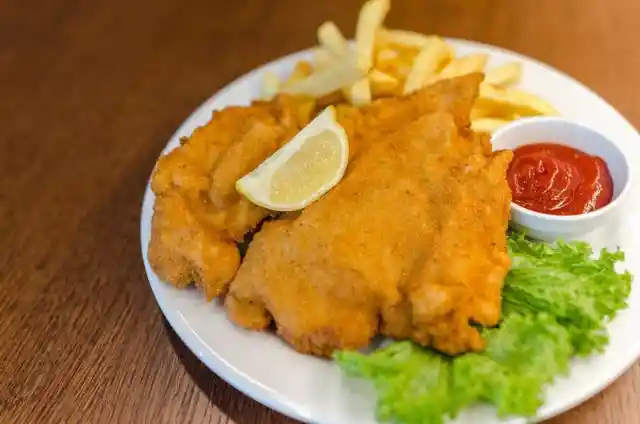

The Wiener schnitzel is a thinly sliced, breaded, and pan-fried veal cutlet that is one of the most popular Austrian meals. It is typically served with a dab of lingonberry jam, lemon wedges, and either buttered parsley potatoes, a straightforward potato salad, or french fries. Regardless of where it really came from, Austrians and others throughout the world continue to love the crispy but delicate Wiener schnitzel. The most well-known location for the schnitzel is the restaurant Figlmüller, where it is made with pork because veal was difficult to get when the original recipe was penned and was not widely available.
6. Kabuli Pulao, Afghanistan
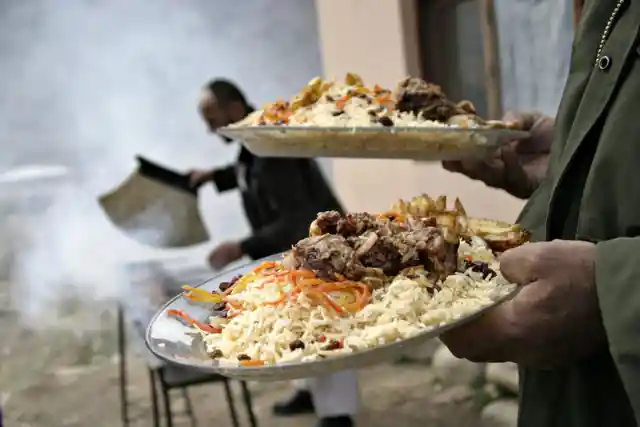

Kabuli Pulao is a rice and mutton dish that is a specialty of Afghanistan. The dried fruits that are sprinkled on top give the pulao a deep flavour. The rice's flavor is also improved by the addition of the mutton stock during boiling. It may be made for lunch or supper and is a full meal in and of itself. Kabuli Palau was invented by Kabul's high-class households who could afford caramelized carrots, plump raisins, and prized almonds in their rice. As Afghanistan's population grew wealthier over time, this dish spread throughout the country.
7. Bulgogi, South Korea
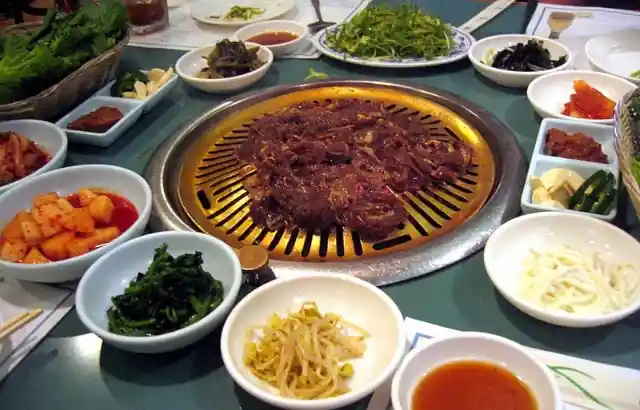

Beef bulgogi (fire meat) is a grilled meal made of thinly sliced prime pieces of beef marinated in a mixture of soy sauce, sesame oil, garlic, onions, ginger, sugar, and wine. It is frequently served with kimchi and wrapped in lettuce or spinach leaves (fermented vegetable pickle). Many Korean restaurants have little grills built into the tables so customers may cook their own food.
8. Ceviche, Peru
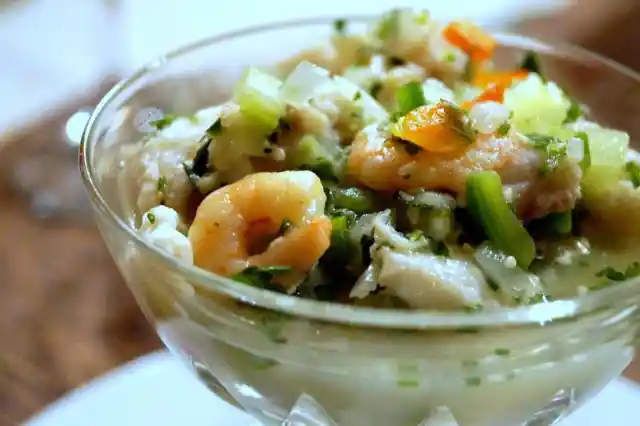

The national dish of Peru, ceviche, is a must-try while trying Peruvian cuisine. There are many different types of ceviches across the world, but none are as delicious as the Peruvian ones. Peruvian ceviches have a powerful freshness and taste because of the availability of high-quality seafood that is accessible throughout the nation's Pacific coast and the indigenous green limes (known as limón). Fresh fish, limes, onions, hot peppers, and cilantro are the key components.
9. Pot-au-Feu, France
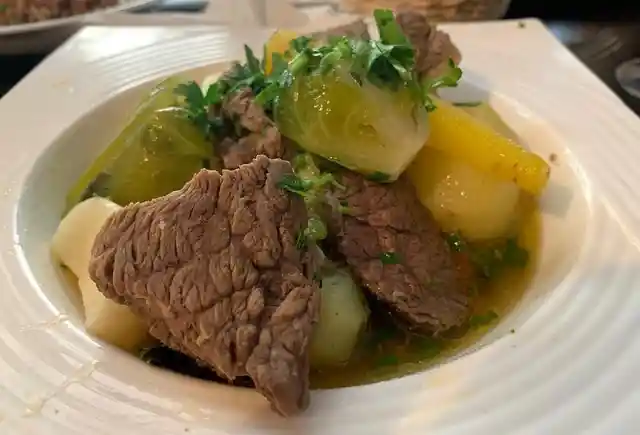
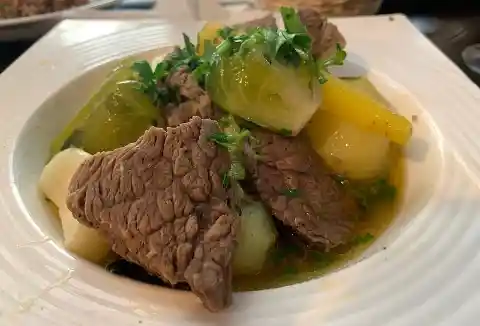
The French meal pot-au-feu, which literally translates as "pot on the fire," is a stewed beef dish with root vegetables, herbs, and spices. All of Paris's top restaurants provide delicious pot-au-feu, with the exception of Drouant in the Gaillon district. In a soup plate, vegetables including potatoes, celery, carrots, and turnips are combined with bone marrow and three different kinds of meat. It is made even more delectable by the accompanying celery remoulade and beetroot ramekins, a baked cheese dish prepared with egg and bread crumbs.
10. Asado, Argentina
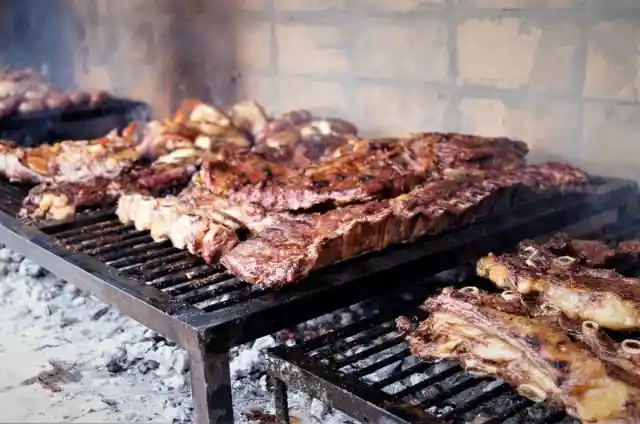

Argentina's steakhouses are world-renowned, and asados are a must-try while visiting the South American country. Asados is essentially a carnivore's feast cooked over an open flame, consisting of grilled meats like steak, sausages, chorizo, chitterlings from swine, and barbecued ribs. This dish dates back to the 16th century when Western Europeans colonized Argentina and introduced beef cattle to the country. Typically, the meats are served with red wine and salads. This meat is cooked by the designated asador or parrillero.